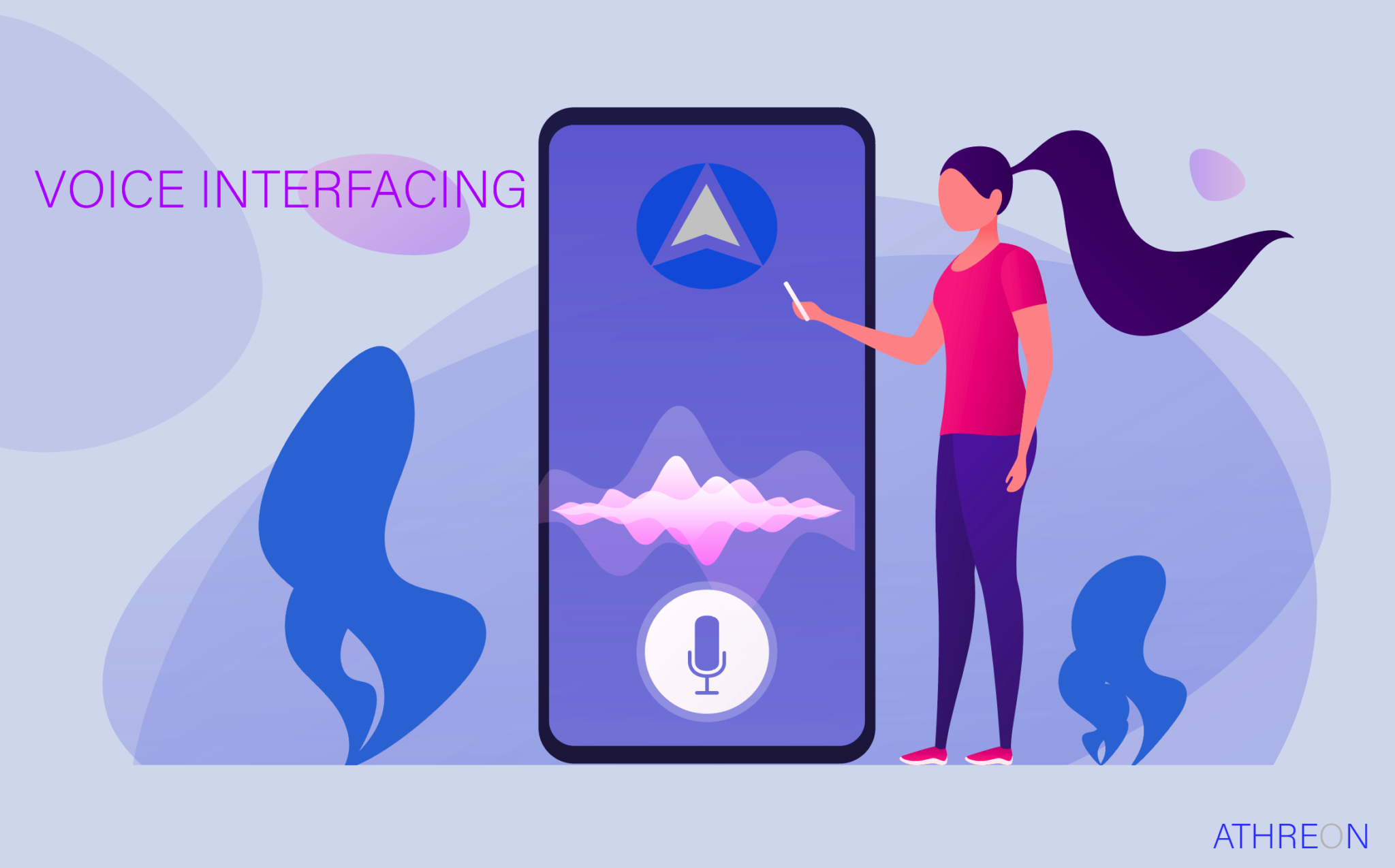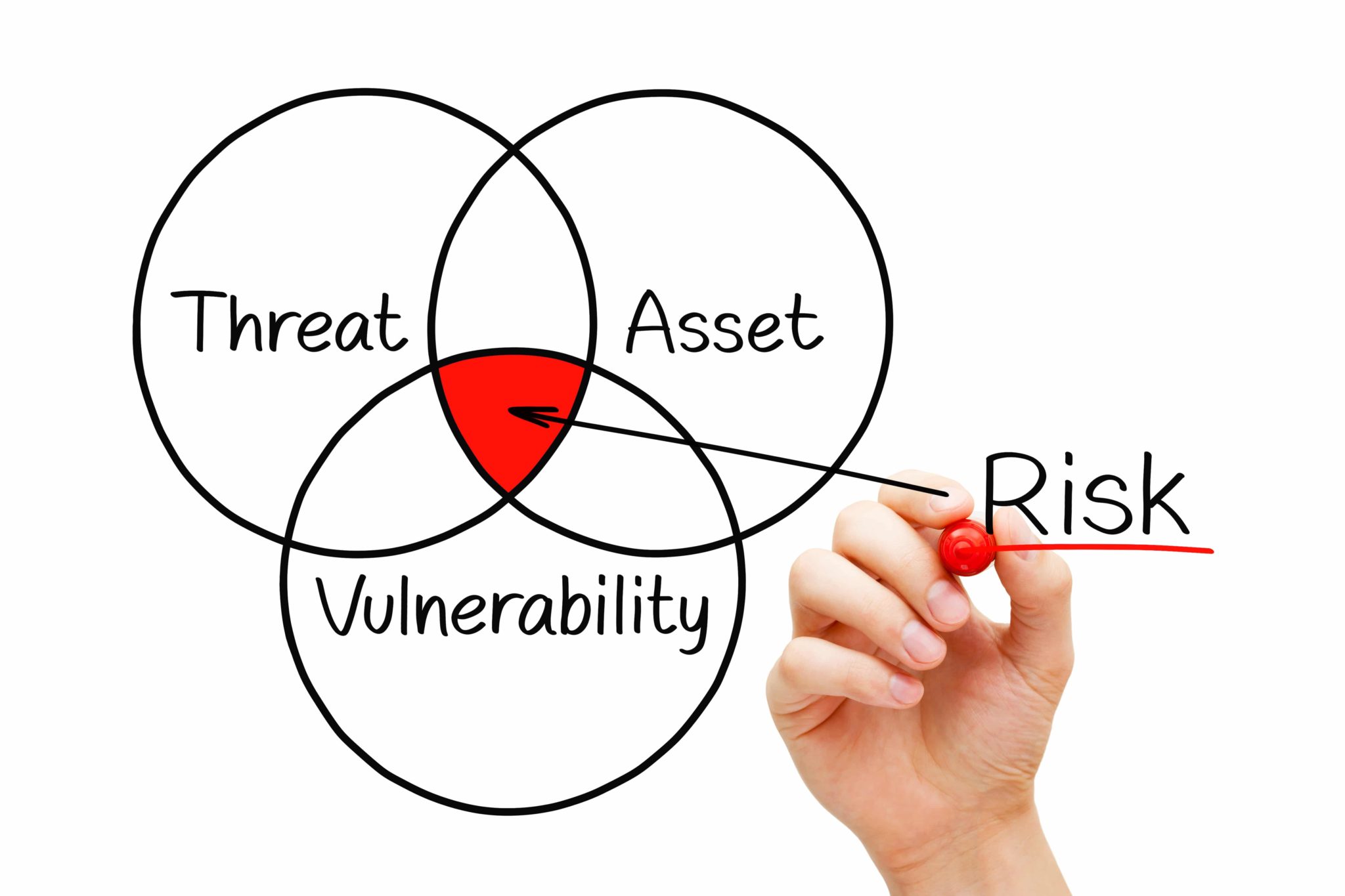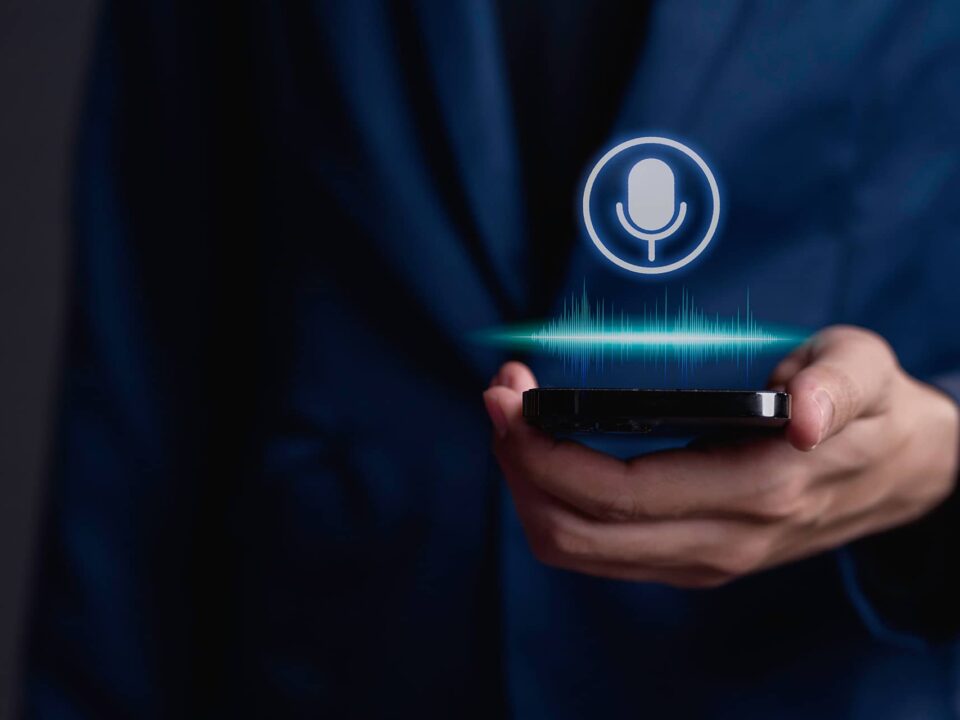
The Magic behind Speech Recognition: Are Mobile Devices Getting Better at Recording Our Voice?
May 27, 2020
HIPAA Risk Assessment – When Did You Last Do One, or Have You Ever?
July 27, 2020Speech to Text Solutions That Reduce Physician Burnout
Ask most any doctor, and they’ll tell you that entering data in their EHR is a significant source of frustration. Although capturing data is critical to patient care, clinicians often cite it as a leading reason why their workdays are more extended, they can’t treat as many patients, and their job satisfaction is diminished. Fortunately, to ameliorate these grievances, providers have a variety of choices when it comes to documenting their patient encounters. These options include:
-
Manually typing into the EHR.
-
Front-end speech recognition.
-
Working with a scribe.
-
Dictating their charts.
Each of these approaches comes with benefits and limitations. We’ll explore each of them in this blog.
Manual EHR Data Entry
A common way for providers to document is to enter discrete data directly into their EHR. A benefit of self-documentation is it ensures doctors don’t have to wait to review charts because they’re documenting in real-time. Likewise, with self-documentation, there are no costs associated with add-on technology or additional labor expenses for paying a transcriptionist or scribe to create charts.
Drawbacks to self-documentation include not being fully engaged with patients because EHR data-entry limits patient interaction. Likewise, providers routinely find themselves completing charts after work or cutting back on patient visits to assuage the administrative documentation burdens. For many caregivers, self-documentation can be stressful and eventually lead to physician burnout.
Front-End Speech Recognition
For doctors who don’t type quickly, front-end speech recognition has been an incredible productivity tool. Since providers can speak more rapidly than they can type, speech recognition technology enables physicians to increase their caseload, all while keeping up with charting requirements. Likewise, speech recognition can help capture more charting detail with less effort.
On the flip side, a limitation of speech recognition technology is accuracy. Because speech recognition doesn’t produce error-free text, providers have to closely monitor text output and correct recognition errors as they happen. Although doctors are pointing and clicking less in the EHR with speech recognition, they still need to adapt to technology that isn’t intuitive and takes time to manage.
Hiring a Scribe
Medical scribes have been a game-changer for providers looking to free themselves more substantively from the EHR. A medical scribe makes it possible for doctors to be more engaged with their patients during visits without data entry getting in the way. A medical scribe eliminates nearly all typing and dictation on the part of the provider, which means the clinician only needs to review and sign the chart.
A con to working with a medical scribe is coaching. It can be time-consuming for the provider to train their medical scribe on their charting preferences. Add to this, many medical scribes view the work as a steppingstone, which means turnover is high. An ongoing cycle of training can be time-consuming to manage and costly to maintain. It’s essential to factor sick and vacation leave for scribes too.
Dictation and Transcription
For decades, doctors have benefitted from traditional dictation and transcription. The doctor records an audio file of their findings, and a trained medical transcriptionist listens to the recording and creates a transcript. The most advanced transcription solutions seamlessly integrate with EHR systems so that providers only need to review and sign the completed reports directly in the electronic health record.
A snag to dictation and transcription can be the recurring labor costs. Add to that, qualifying, hiring, and managing transcriptionists can be time-consuming and expensive. Likewise, technology for supporting dictation and transcription workflow can be costly to acquire and maintain. Of course, if the dictation and transcription are outsourced, working with a HIPAA-compliant vendor adds complexity.
Weighing Healthcare Documentation Options
When it comes to choosing the most effective healthcare documentation solutions, in addition to security and cost, it’s essential to consider the following points as part of your decision-making process:
- Ease of Use. How simple is the solution to deploy and use daily? Is it compatible with the way you practice medicine? Will it foster patient satisfaction and spur desirable outcomes?
- Time Commitment. Will the solution enhance productivity so that clinicians don’t have to take work home? Also, how will the technology help improve chart closure rates?
- Interoperability. Will the solution integrate seamlessly with your other investments? If the technology requires you to make either/or decisions, does it truly advance your goals?
- Quality Documentation. Does the solution focus solely on capturing discrete data and canned text for data mining, or can you harness it to tell the patient’s narrative story as well?
- Job Satisfaction. Does the solution contribute to physician job satisfaction, or does it add complexity? Physician burnout is a costly stressor that deserves careful consideration.
If you’re at a crossroads with your healthcare documentation goals, we invite you to contact Athreon for a consultation. Our array of secure and affordable AI speech to text solutions help providers in clinics and hospitals to reduce costs, increase productivity, and maximize ROI. Athreon’s solutions enhance physician job satisfaction and complement core business objectives. Contact us to learn more at 800.935.0973.





